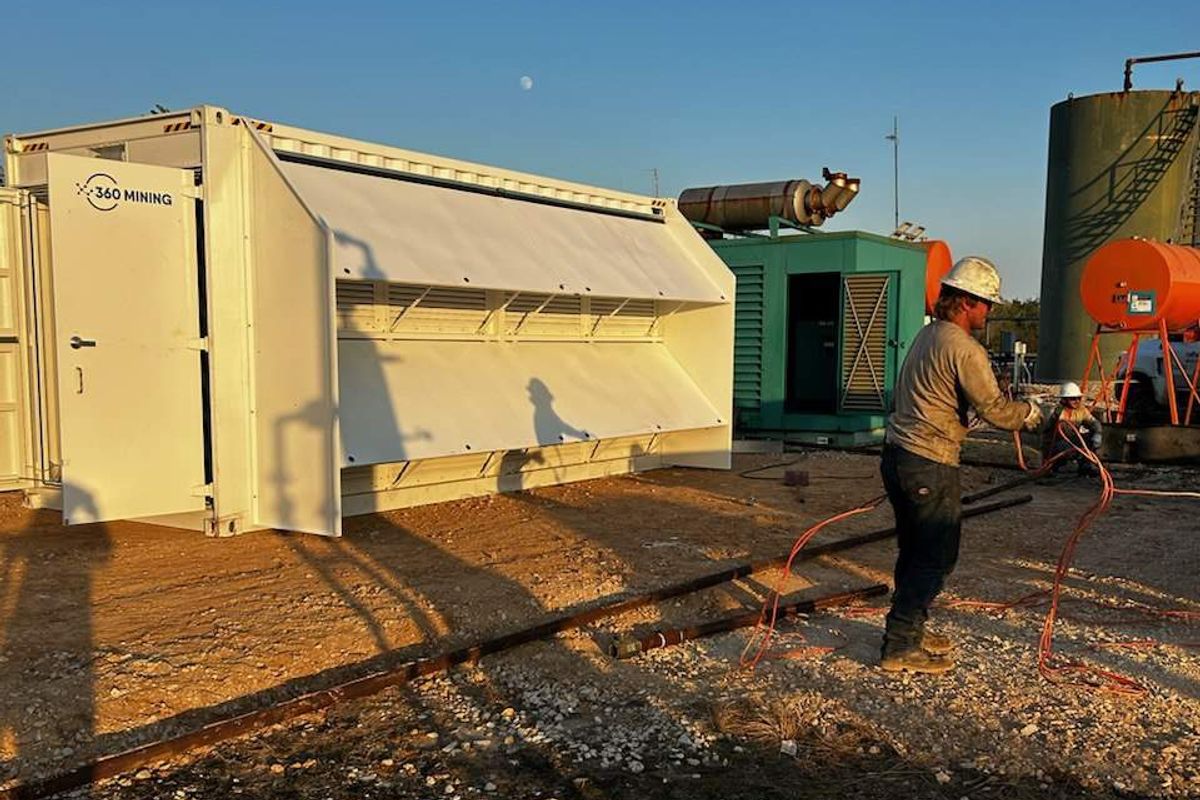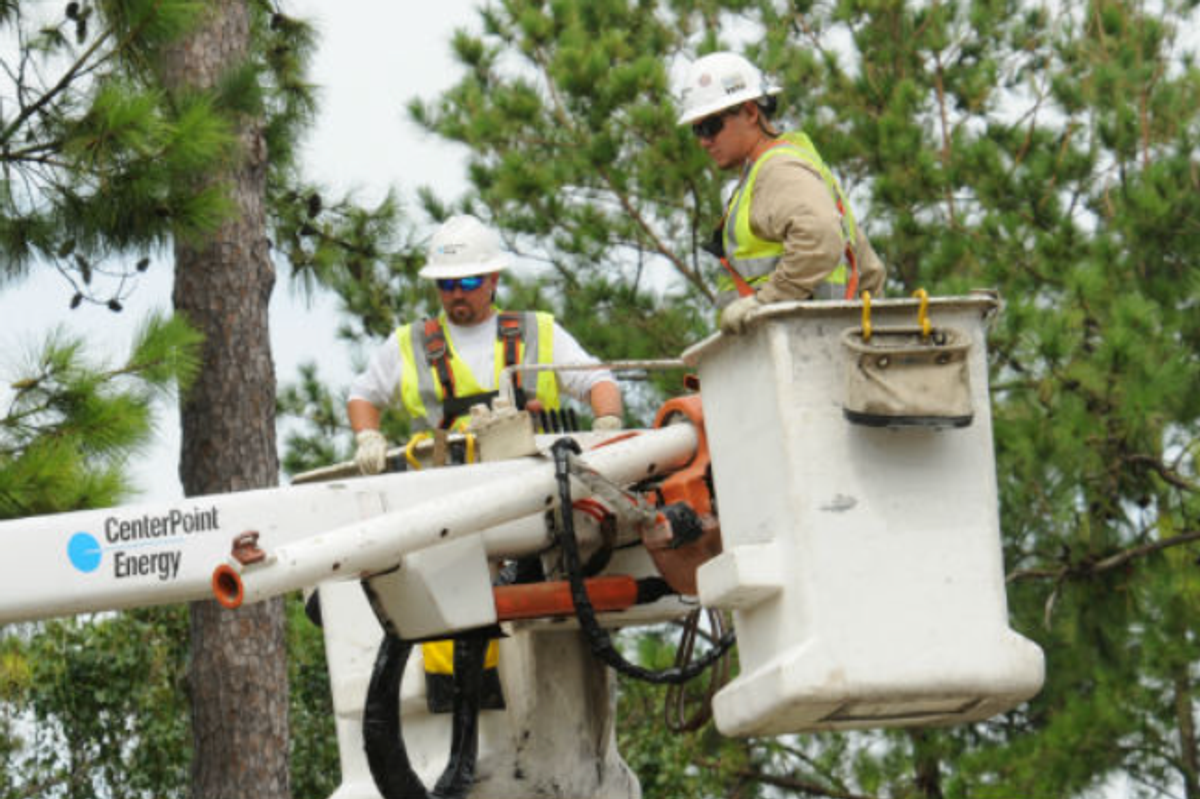Trending News Tidbits
Halliburton's clean energy cohort tops trending news for January 2025
Editor's note: We're taking a look back at the top energy transition headlines from the second half of January 2025. Here are the five most-read EnergyCaptialHTX stories, from Halliburton's new clean energy cohort to Texas' top ranking among U.S. manufacturing hubs.
1. Halliburton names 5 clean energy startups to latest incubator cohort

Texas-based 360 Energy is part of Halliburton's new clean energy cohort. Photo courtesy of 360 Energy
Halliburton Labs has named five companies to its latest cohort, including one from Texas. All of the companies are working to help accelerate the future of the energy industry in different ways. The incubator aims to advance the companies’ commercialization with support from Halliburton's network, facilities and financing opportunities. Continue reading.
2. Houston Auto Show returns this month as part of new innovative coalition

The Houston Auto Show and Houston Boat Show (Houston AutoBoative) run from Jan. 2–Feb. 2. Photo via Houston Auto Show/Facebook
The Houston Auto Show and Houston Boat Show (Houston AutoBoative) returned to NRG Center this month, and for the first time, the popular events are part of the Automotive Experience Alliance (AEA). Launched in October, the AEA is a coalition of about 30 auto shows that aim to drive innovation and standardization throughout the auto show industry. Continue reading.
3. Being prepared: Has the Texas grid been adequately winterized?

How has the Texas grid improved since Winter Storm Uri in 2021? Getty Images
As Houston braced for historic winter weather, guest columnist Sam Luna, director at BKV Energy, asked the question on many Texans' minds each winter. In this article, Luna explores how the Texas grid has improved since Winter Storm Uri in 2021. Continue reading.
4. Geothermal exec on Houston expansion, commercialization and more

Axel-Pierre Bois, XGS Energy's Chief Technology Officer. Photo courtesy XGS Energy
Challenges in energy transition often center around two questions: Where will organizations find the resources? And how will projects be financed? XGS Energy's next-gen closed-loop geothermal well architecture addresses both issues head-on. The California-based company saw massive growth in the Houston market last year and recently completed a 100-meter field demonstration in central Texas, marking a major milestone for its technology's commercialization and potential for scale. In an interview with EnergyCapital, Axel-Pierre Bois, XGS's Chief Technology Officer, shares what drew him to the geothermal space, why XGS is expanding in Houston and what the company's plans are for the year ahead. Continue reading.
5. Texas ranks as No. 2 manufacturing hub in U.S., behind only California

A new study puts Texas at No. 2 among the states when it comes to manufacturing. Photo via Getty Images
Texas ranks among the country’s biggest hubs for manufacturing, according to a new study. The study, conducted by Chinese manufacturing components supplier YIJIN Hardware, puts Texas at No. 2 among the states when it comes to manufacturing-hub status. California holds the top spot. Continue reading.










